Just think of putting up a building without a blueprint. Chaos, right? The same can be applied to filmmaking. In that regard, the significance of storyboarding comes to light. It is the visual plan that maps the way your film will be produced. This post will discuss why storyboarding is essential to seeing your film become the success that it is, what various methods are available to you, and how it makes the entire production process more efficient overall.
Table of Contents
Why is Storyboarding Important?
The importance of storyboarding lies in its ability to translate written words into a clear visual narrative. It’s more than just drawing pictures; it’s about:
- Visual Communication: A storyboard can enable you to get a preview of how your movie will appear even prior to filming. It also divides the script into single panels and presents the composition, camera angles, and action.
- Pre-visualization: Allows you to visualize the flow movie, see the problems that may arise, and fix them before it has cost you in the set or rather before turning into a costly call during the shoot.
- Efficient Communication: Storyboards ensure that the whole crew is on the same page because there is a common visual language. It is particularly important regarding intricate scenes involving many shots and effects.
- Saving Time and Money: With advanced shot planning, there would be no necessity of re-taking shots so your money and time will not get wasted during the production.
Different Storyboarding Techniques
The importance of storyboarding is amplified by the variety of techniques available. Here are a few common methods:
1. Traditional Storyboarding: This means to draw in panels manually on paper or cardboard. This is a project management tradition that has acted as a flexible and highly versatile one.
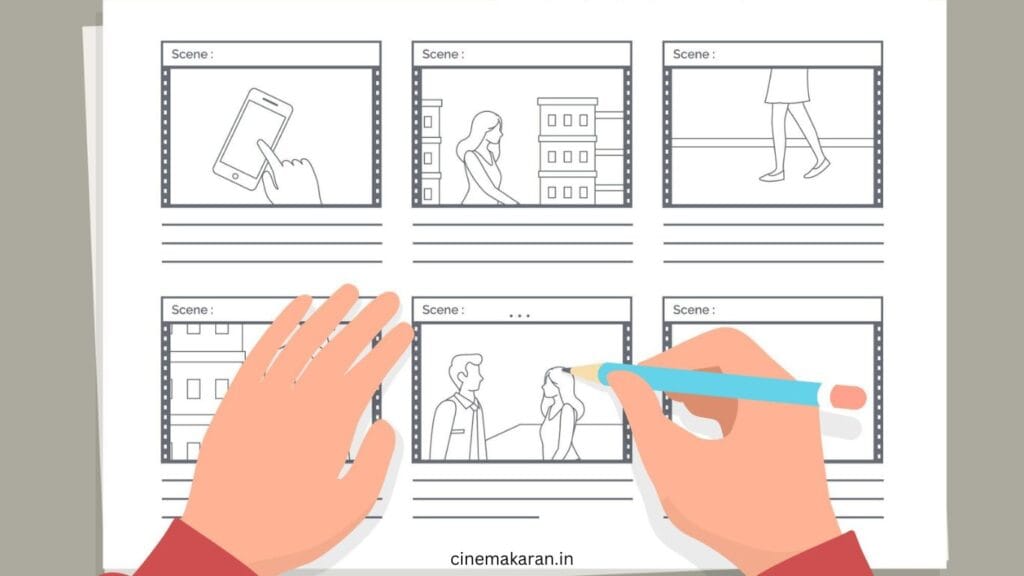
2. Digital Storyboarding: You can create digital storyboards with software such as Storyboard Pro or online software. These storyboards are easy to edit and share.
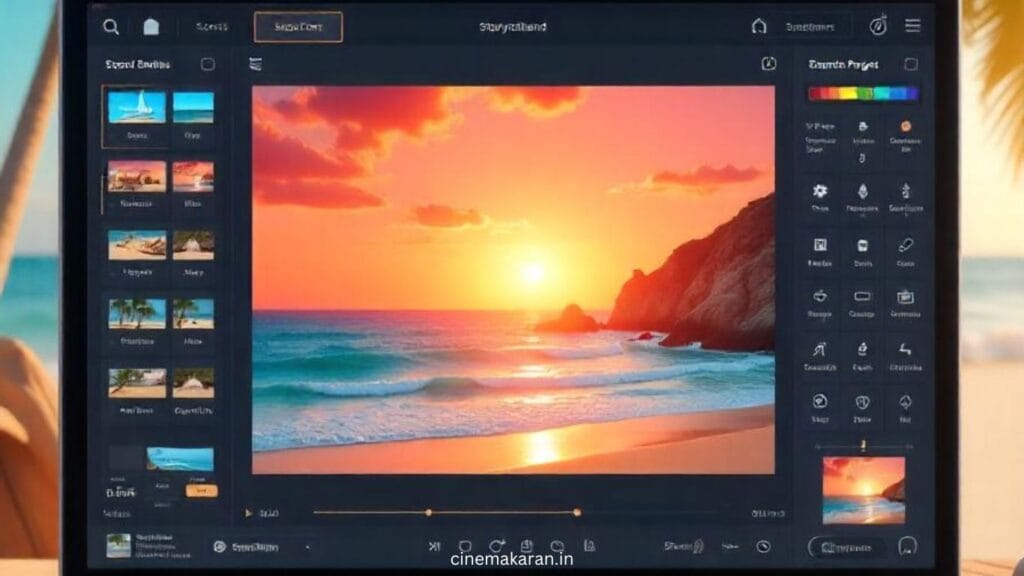
3. Thumbnail Storyboarding: It consists of drafting very short and fast sketches to draw the flow of the actual film. It is ideal to brainstorm and do fast visualization.

4. Photographic Storyboarding: This includes the utilisation of photos as the panels of the storyboards. This may prove quite helpful when doing location scouting or pre-scouting of certain shots.
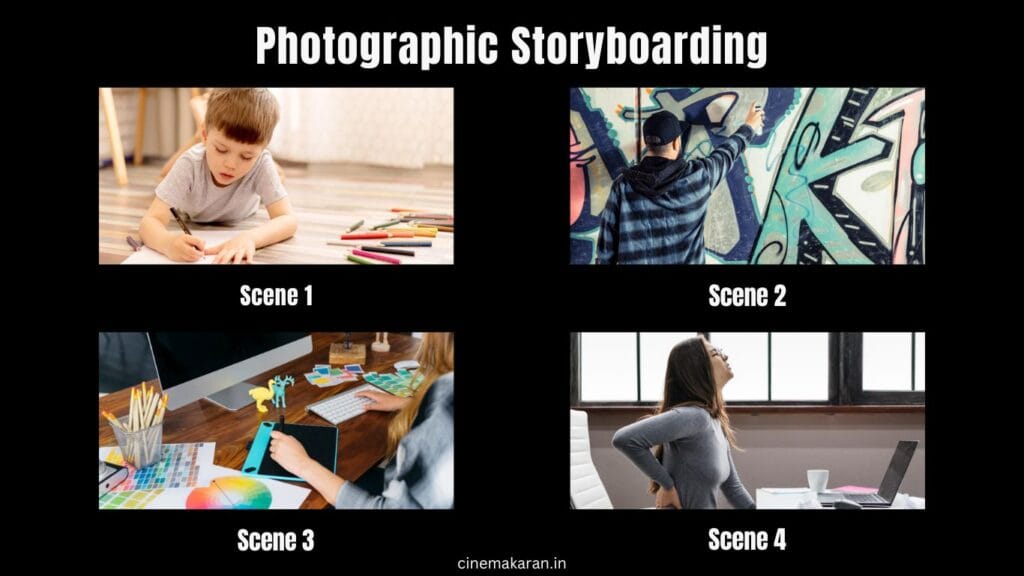
Streamlining Production with Storyboards
The practical applications of storyboarding highlight the importance of storyboarding in streamlining production:
- Pre-Production Planning: Storyboards are useful in location scouting, set design and casting as they allow a clear visual idea of each of your scenes.
- On-Set Efficiency: They direct the camera placement, composition, and blocking of the actors to make the shooting process very efficient and in order.
- Post-Production Guidance: Guidance Storyboards are used to help editors and those in charge of visual effects visualize what the director sees, allowing a more coherent final cut.

Tips for Effective Storyboarding
To fully leverage the importance of storyboarding, follow these tips:
- Keep it Simple: Centralize on delivery of the important information.
- Use Visual Language: Simply use arrows, symbols, and annotations to point to the movement and actions.
- Maintain Continuity: This means there should be a good flow between panels.
Iterate and Refine: Don’t be afraid to revise your storyboards as needed
Storyboarding is extremely vital in terms of picturing your movie as a success. It gives you a definitive map of what you are going to produce, eases communication, and at the end of the day enables you to see your vision in total. Through the use of storyboarding, you will be able to improve your filmmaking and turn it into a much better end product that will be more impressive and polished.
Remember to share your storyboarding experiences in the comments below!

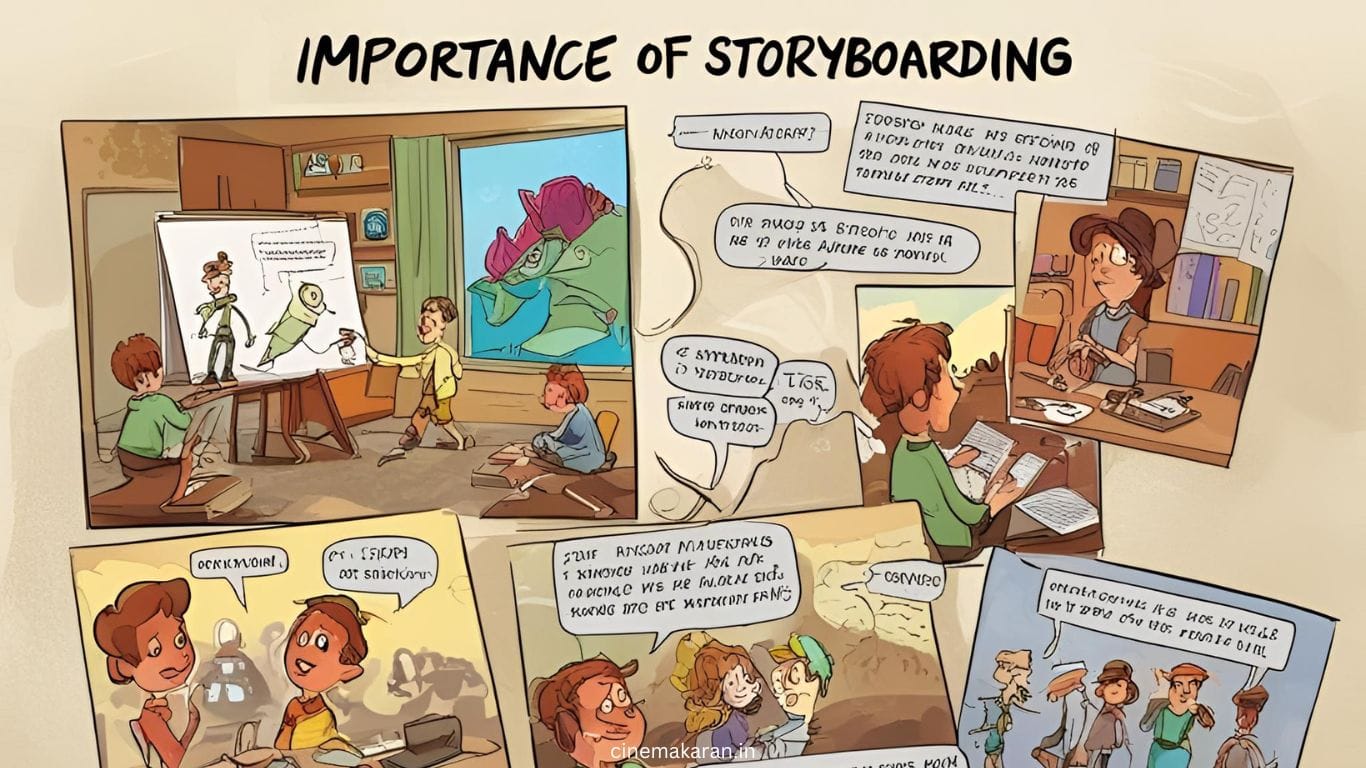
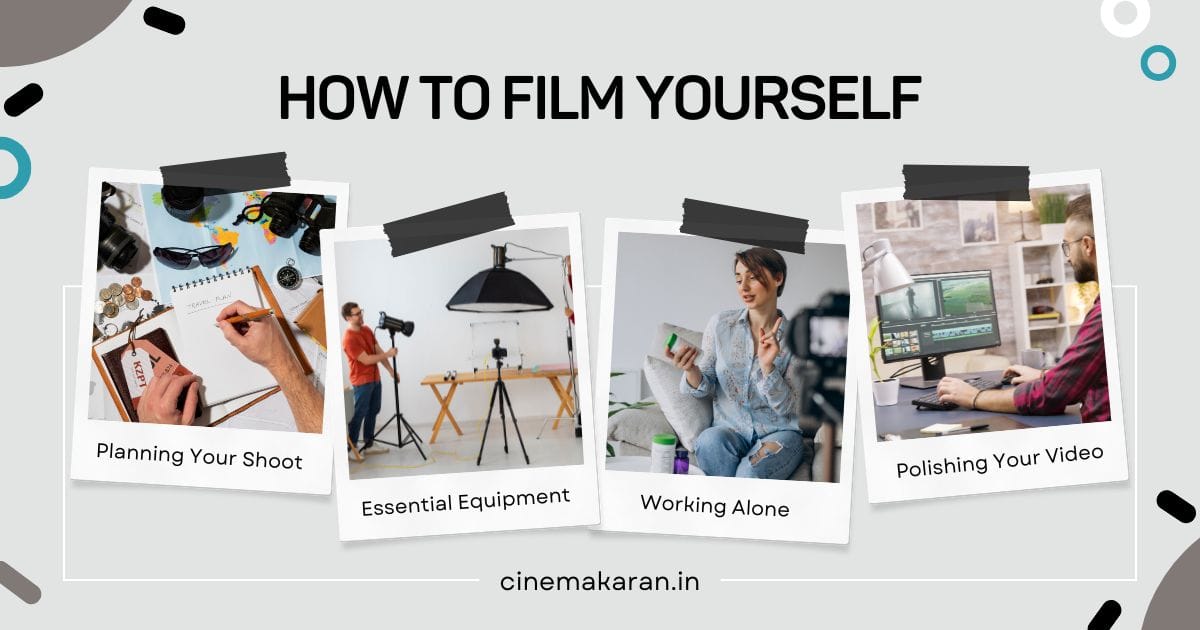
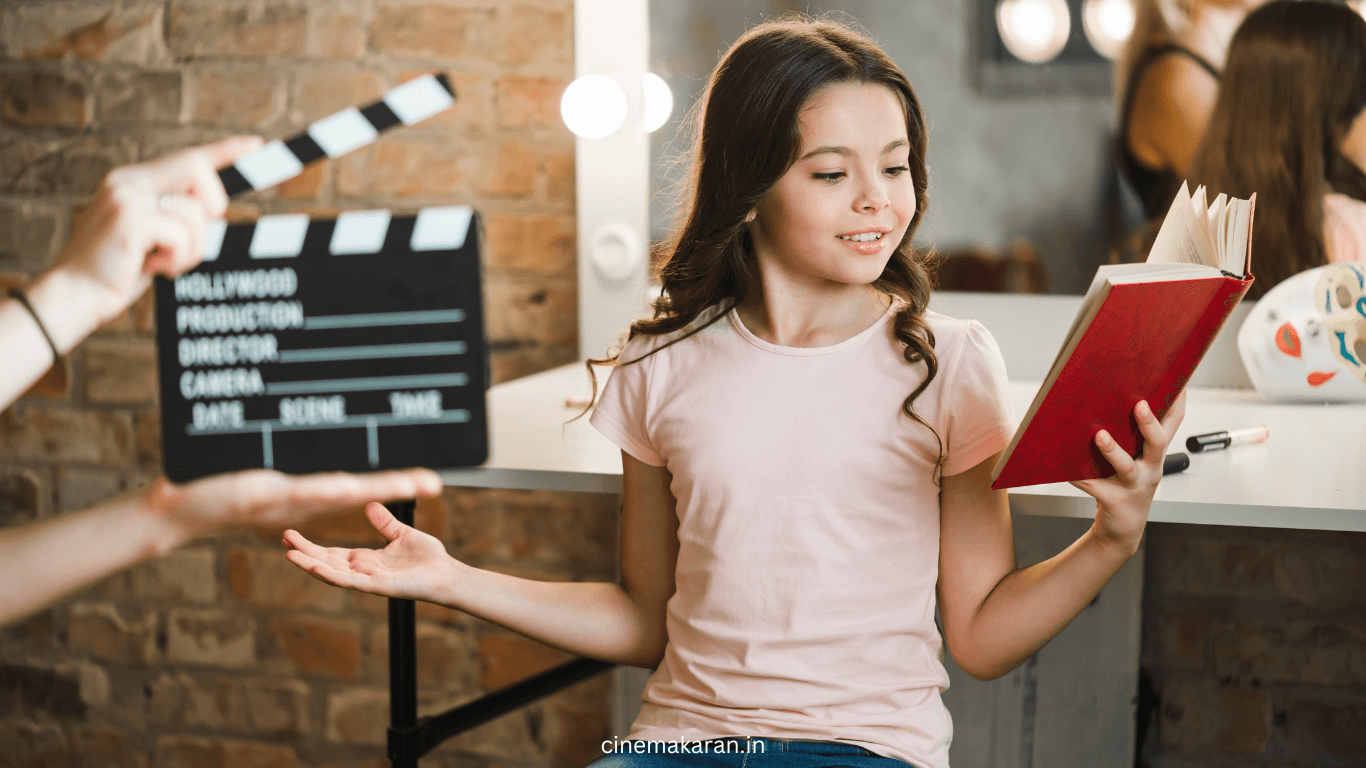
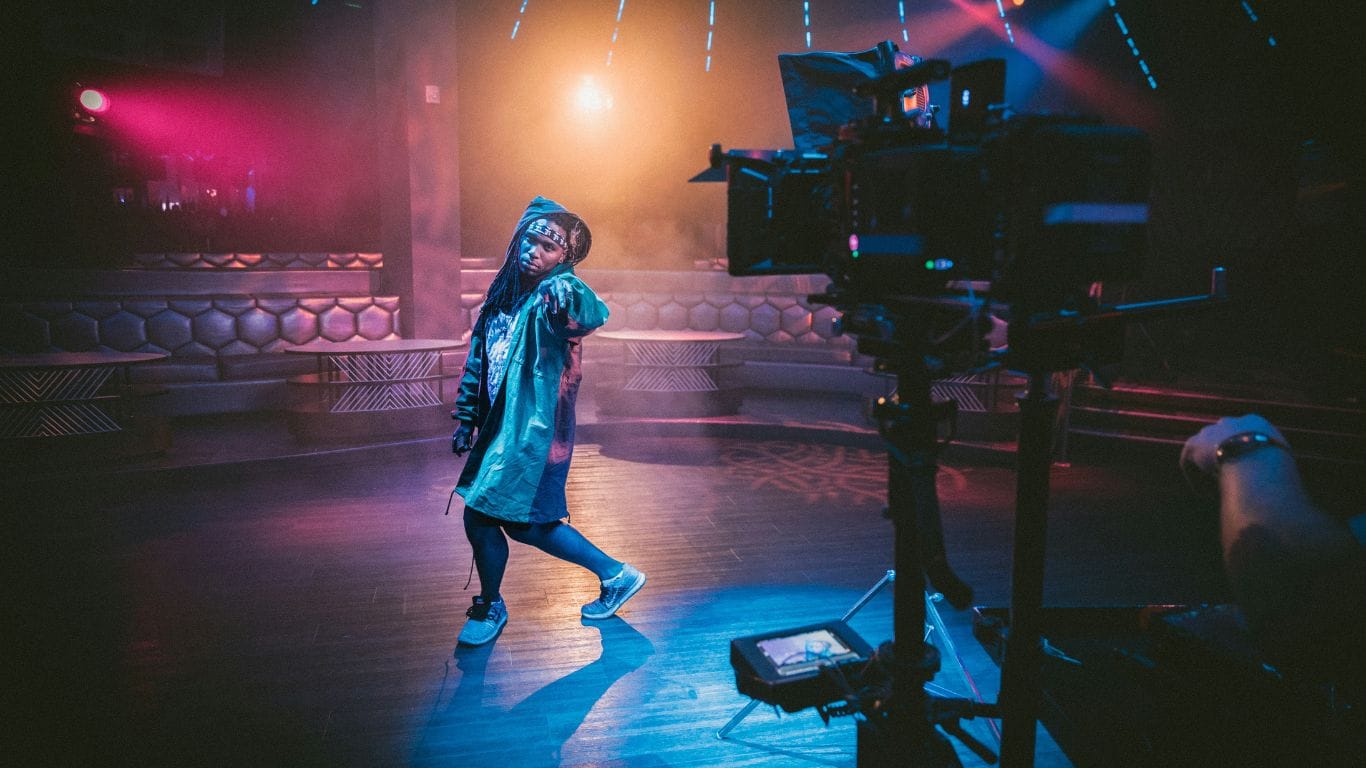
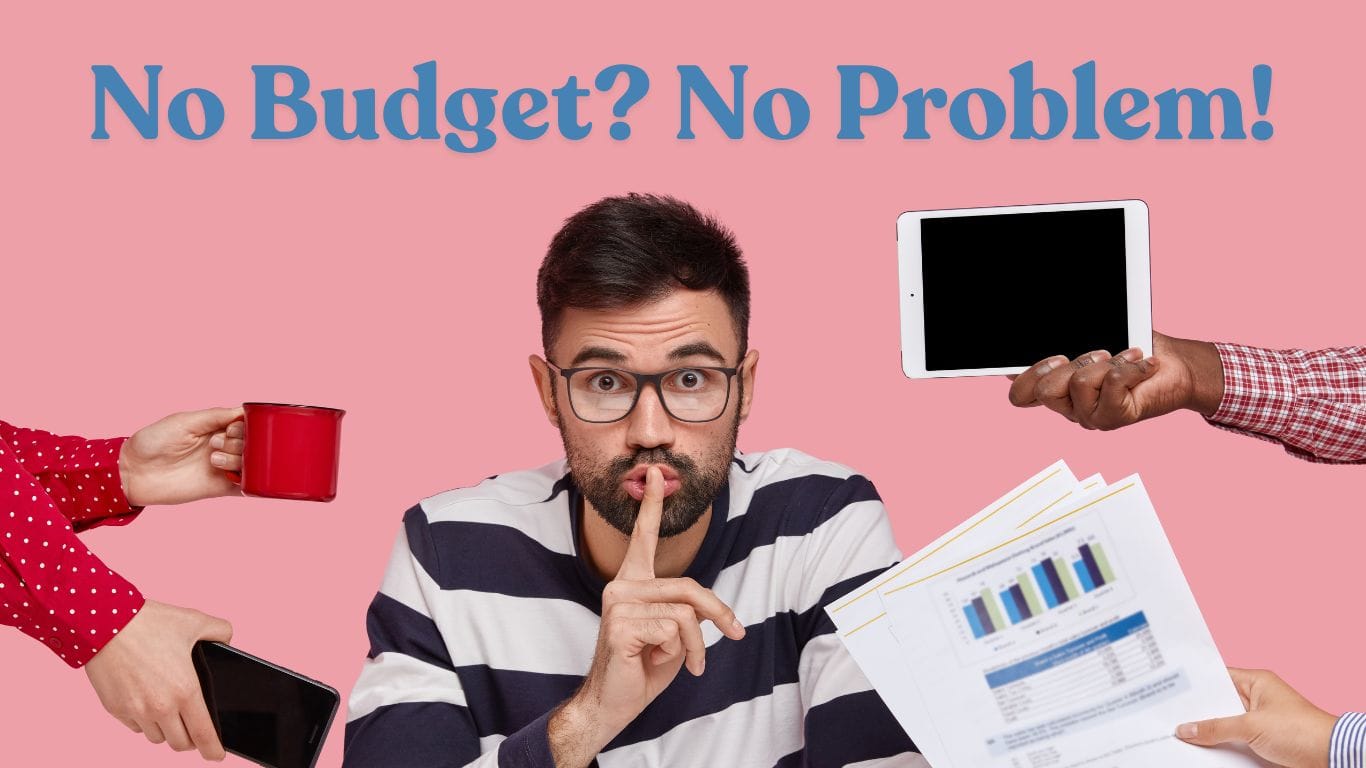
2 thoughts on “Importance of Storyboarding: Visualizing Your Film’s Success”